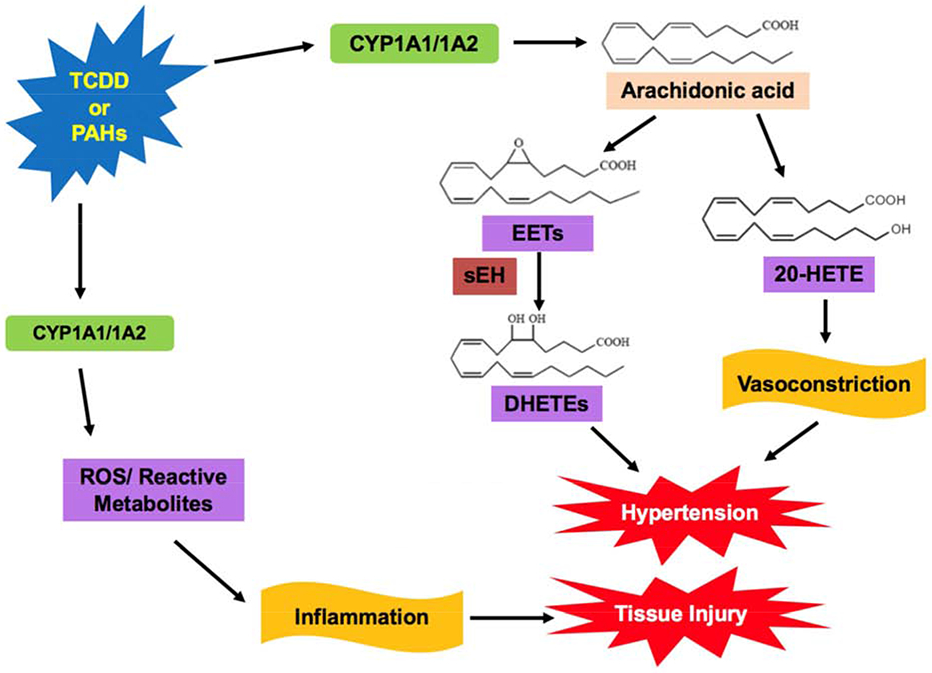Figure 1: Possible Mechanism of Contribution of CYP1A Enzymes to Oxidative Stress.

Polycyclic aromatic hydrocarbons (PAH) or 2,3,7,8-tetrachlorodibenzo-p-dioxin (TCDD) can induce CYP1A expression, which triggers metabolism of arachidonic acid (AA) to epoxyeicosatrienoic acid (EETs) and hydroxyeicosatetraenoic acid (20-HETEs) [24, 25]. Increased levels of 20-HETEs results in vasoconstriction and can contribute to renal and cardiovascular hypertension [25]. Production of EETs typically has beneficial cardiovascular properties; however, conversion of EETs to dihydroxyeicosatetraenoic acids (DHETEs) via soluble epoxide hydrolase (sEH) can result in hypertension [33]. CYP1A enzymes also produce reactive oxygen species (ROS) and reactive metabolites from reaction uncoupling [13, 14]. This contributes to oxidative stress, resulting in inflammation and cytotoxicity [21].
